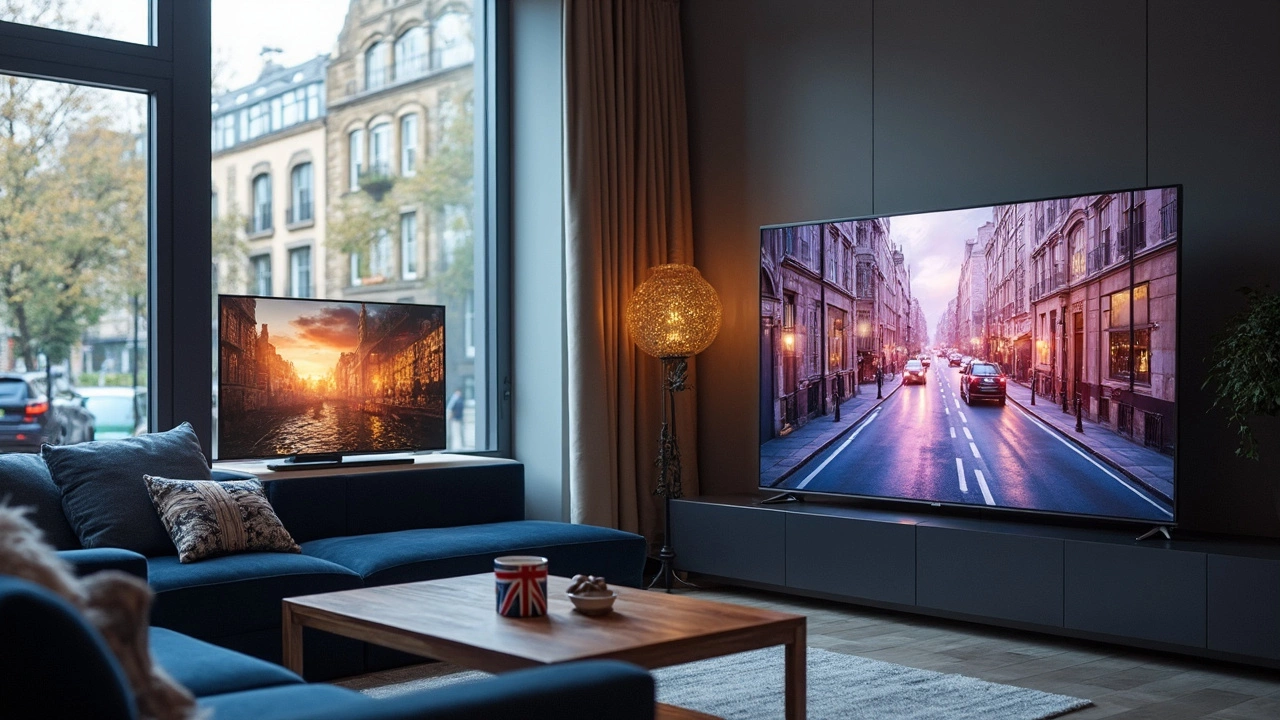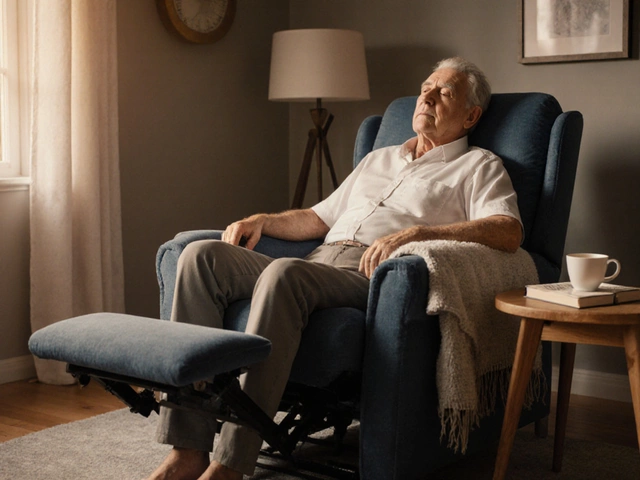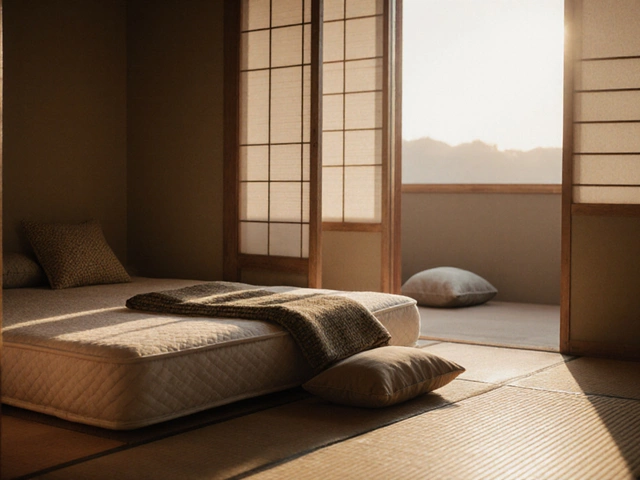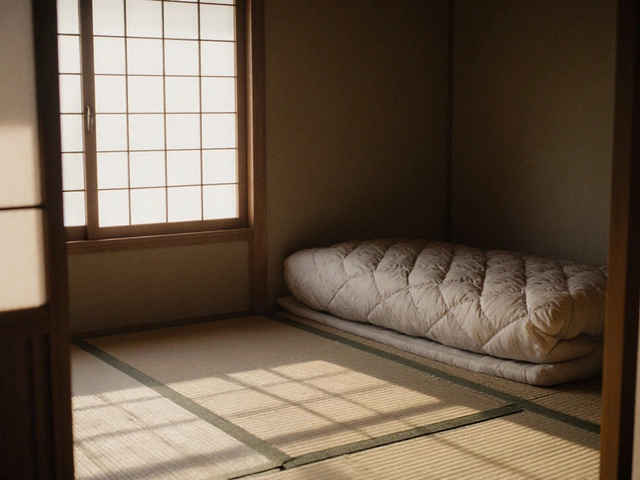Living Room TV Guide – Stand, Height & Placement Made Simple
Setting up a TV isn’t just about plugging it in. The right stand, the perfect mounting height, and smart placement can turn a bland room into a cozy viewing spot. Below you’ll find step‑by‑step tips that work for any budget and space.
How to Size Your TV Stand
First, measure your TV’s width. A 55‑inch screen usually measures about 48 inches across, while a 65‑inch model runs around 57 inches. Your stand should be at least the same width, but a little extra—about 2‑4 inches—gives the TV room to breathe and looks balanced.
If you love a clean look, choose a stand that’s just a touch wider than the screen. If you need storage for consoles, games, or decor, go for a wider piece with shelves or drawers. Remember, the stand’s height matters too. Aim for a screen‑center height of roughly 42‑48 inches from the floor; most stands sit in that range, so you won’t need a riser.
Don’t forget weight capacity. Check the stand’s rating and compare it to your TV’s weight (usually listed in the manual). A sturdy piece prevents wobble and keeps your TV safe for years.
Finding the Ideal Mounting Height
When you mount the TV on the wall, the goal is a comfortable viewing angle. Sit on your couch and draw an imaginary line to the middle of the screen. That spot should be about eye level, typically 42‑45 inches from the floor for most sofas.
Measure the distance from the floor to your eye line, then subtract half the TV’s height. That gives you the mount’s top‑to‑floor measurement. For a 65‑inch TV (about 33 inches tall), the mount’s top should be roughly 55‑60 inches high.
Wall material matters. Drywall can hold a standard mount, but if you have brick or plaster, you’ll need special anchors or a stud‑finder. Secure the mount to studs whenever possible; it adds extra safety and prevents the TV from tilting over time.
Finally, think about cable management. A short gap between the TV and wall makes it easier to hide power cords and HDMI cables. Many mounts come with built‑in channels; if yours doesn’t, consider a simple cord cover that paints to match the wall.
With the right stand or wall mount, the perfect height, and a tidy arrangement, your living room TV will look great and feel comfortable to watch. Apply these basics to any room size, and you’ll avoid common mistakes like too‑low mounts or wobbly furniture. Enjoy your new setup and the binge‑watch sessions that follow!
Is a 65 Inch TV Really Much Bigger than a 60 Inch TV? Size Comparison Explained
How much bigger is a 65 inch TV than a 60? Discover side-by-side size differences, screen area, real measurements, and how this impacts your home entertainment setup.






